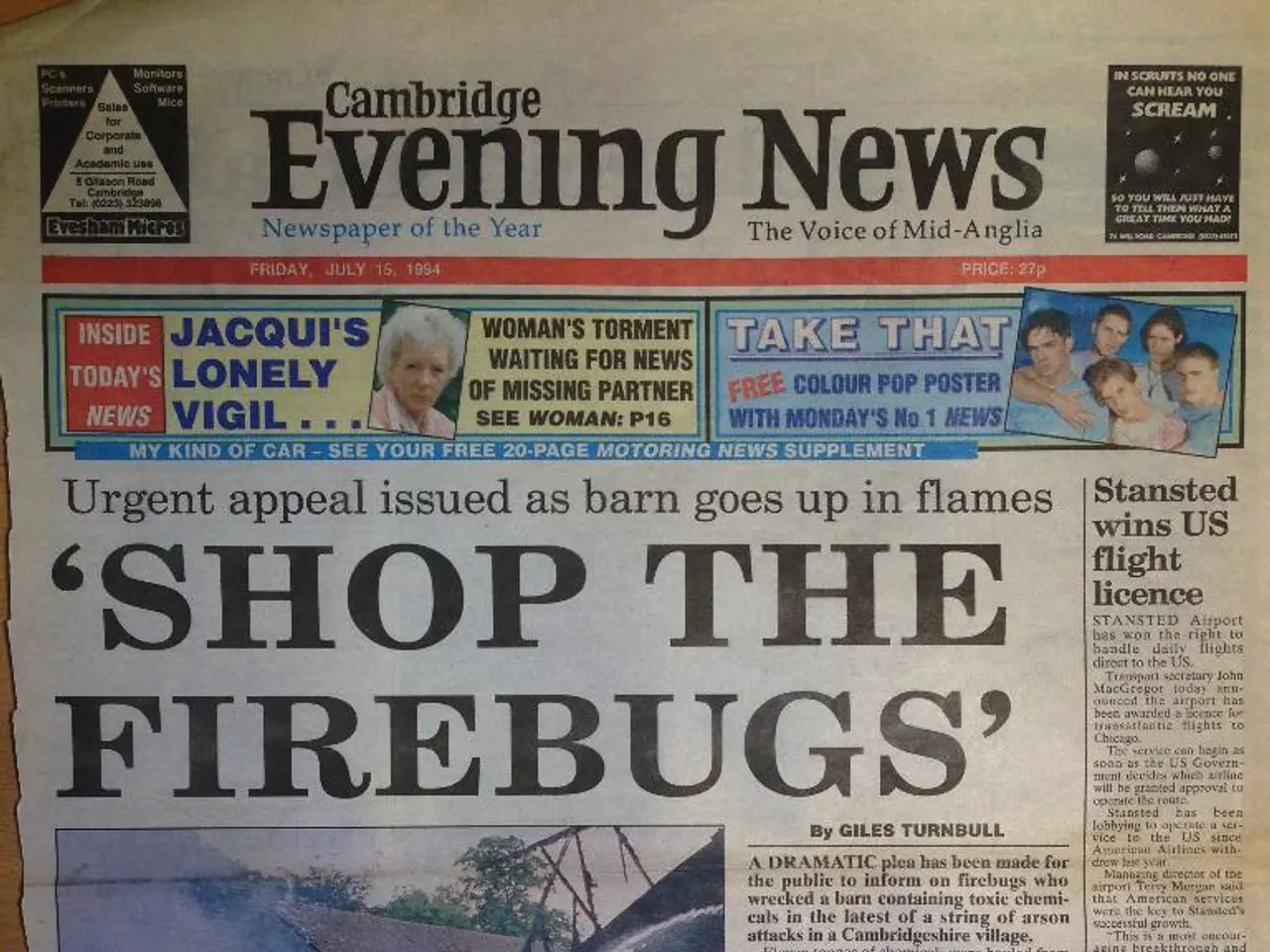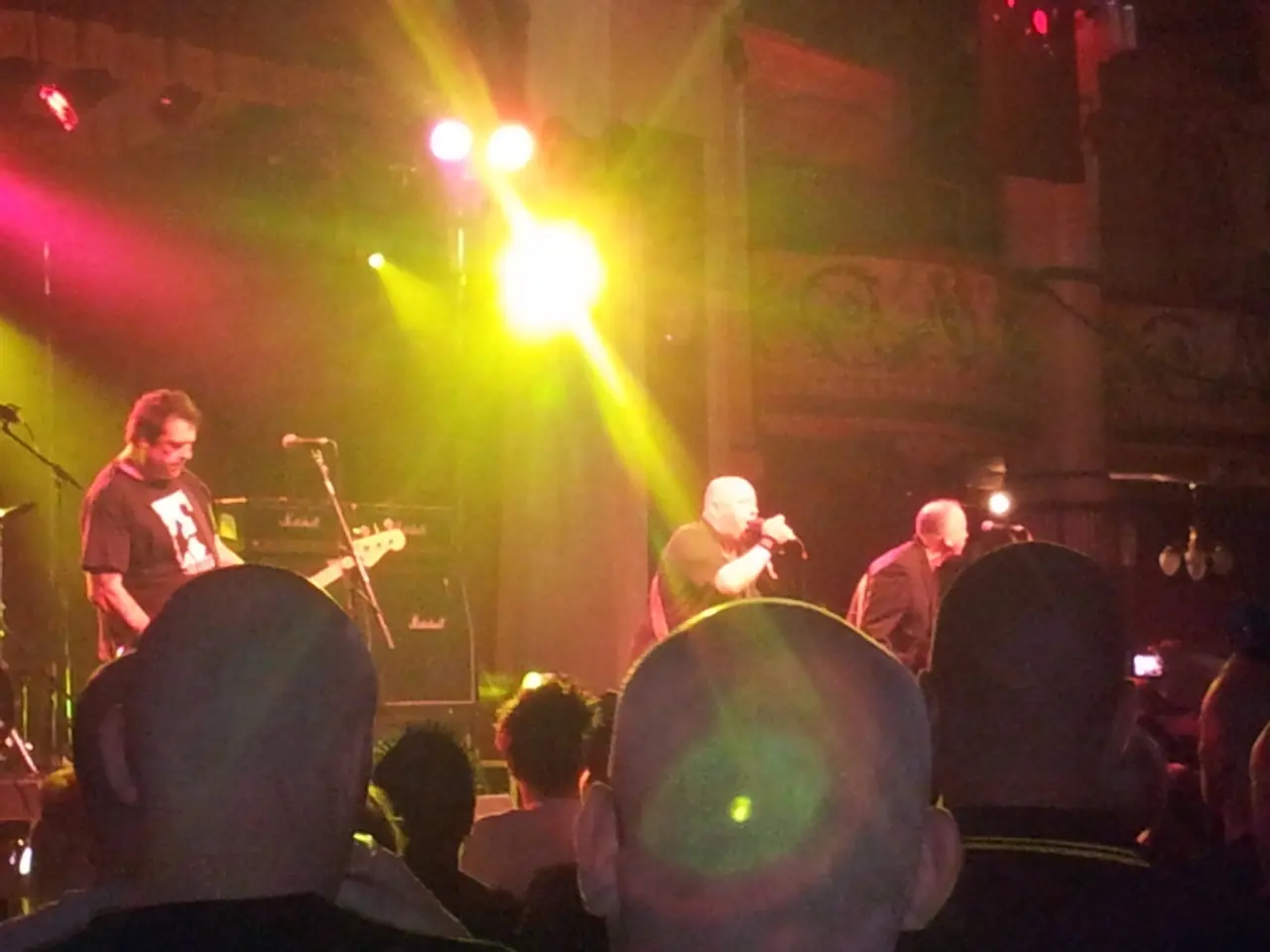Unraveling the reasons behind the perceived 'demonic' nature of Black Sabbath and Ozzy Osbourne's music
The Tritone: The Devil's Interval and Its Musical Legacy
The tritone, a musical interval spanning three whole steps (six semitones), has a rich and intriguing history in Western music. Known as the "devil's interval" or diabolus in musica, this dissonant interval has been both shunned and celebrated throughout the ages.
Historical Origins and Significance
During the Medieval and Renaissance periods, the tritone was widely avoided and even discouraged in sacred music due to its harsh, dissonant sound, which was perceived as unsettling and inappropriate for religious contexts [1][2][3]. The label "diabolus in musica" literally means "the devil in music," underscoring this negative association.
However, despite this early taboo, the interval has since been embraced by composers and musicians to create tension, unease, and a sense of foreboding. It became a powerful expressive tool, especially in genres exploring darker or more intense themes.
Use in Modern Music
The tritone is famously used in rock and metal music to evoke ominous or unsettling moods. The band Black Sabbath is renowned for utilizing the tritone to craft their signature heavy, eerie sound, notably in the track "Black Sabbath," where the main riff employs a G to C# tritone interval [1][2]. This is played over a slow, dirge-like tempo, enhancing the sense of dread and tension.
Jimi Hendrix also used the tritone in the intro to "Purple Haze," exploiting its dissonance to produce a tense and psychedelic atmosphere [3]. While the tritone can evoke a sense of discomfort, it can also be used subtly for emotional effect, seen in genres like jazz fusion, where it may contribute to poignancy or expressive nuance [3].
Impact on Listeners
The tritone's impact is largely psychological: it can provoke feelings of suspense, fear, or hallucination-like states in listeners, often making the music feel more dramatic or intense. A 2016 study found that members of the Tsimane', an Indigenous community in Bolivia with limited exposure to Western culture, didn't find dissonant chords any less pleasant to listen to than their more pleasing counterparts [4].
Summary
In conclusion, the tritone's historical avoidance and modern embrace demonstrate its enduring significance as a musical device for generating tension and emotional impact in Western music. Its unsettling sound continues to fascinate and influence listeners and composers alike [1][2][3][4]. The tritone, or 'devil's interval,' has long unnerved audiences and continues to strike a primal chord.
References:
[1] Burnham, J. (2011). The Western Classical Tradition: A Very Short Introduction. Oxford University Press.
[2] Sadie, S., & Tyrrell, J. (Eds.). (1980). The New Grove Dictionary of Music and Musicians. Macmillan Publishers Ltd.
[3] Strunk, O., & Roemer, M. (2007). Source Readings in Music History. W. W. Norton & Company.
[4] Czedik-Eysenberg, I. (2016). Music and Emotion: Temporal Dynamics of Musical Affect. Oxford University Press.
The historical significance of the tritone in Western music, once a dissonant interval shunned in religious contexts, has evolved to become an essential component in genres that seek to evoke darker or more intense themes. Modern musicians, such as Black Sabbath and Jimi Hendrix, have harnessed its power to create unsettling moods in rock and metal music. The tritone's psychological impact on listeners can provoke feelings of suspense, fear, or even hallucination-like states, heightening the dramatic intensity of the music. This emotional effect can be observed in various music genres, including jazz fusion, showcasing the tritone's continual influence on composers and listeners. Despite its unsettling history, the 'devil's interval' has proven to be a captivating and enduring musical device.








